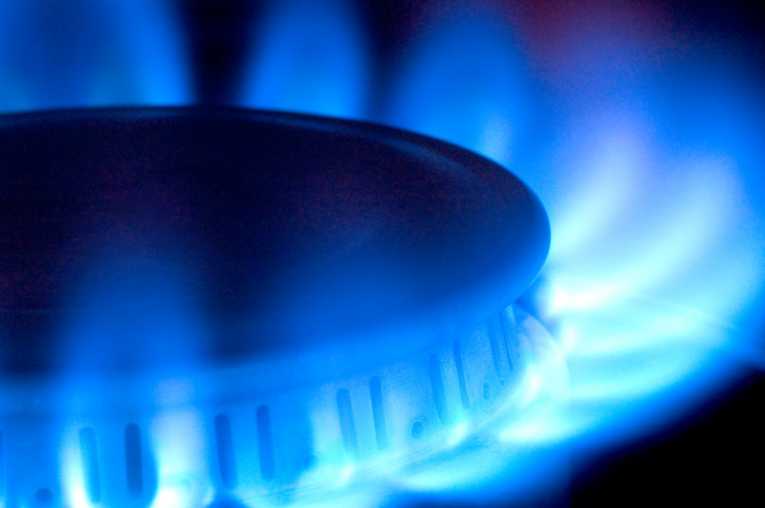It's called hydraulic fracturing or fracking, and some herald it as the future of clean, safe energy from natural gas. But from Pennsylvania to West Virginia to Arkansas, residents are seeing earthquakes, poisoned water courses and contaminated drinking water. So as this massively expanding industry gears up to pump out gas, from deeply buried muds and shales, those local concerns have states, such as New York's, introducing moratoriums. But beyond those immediate problems looms a larger issue - is fracking just a way for us to continue with our fossil-fuel fix, and so dodge the rapid switch to renewables that the planet's climate needs so badly?
Fracking, or hydraulic fracturing, is in fact an old drilling technology, already widely employed to aid recovery of gas and oil from deeply buried reservoirs. It involves the pumping of drilling fluids at pressure into the well, high enough to fracture the rocks containing the gas or oil; it then flows out more readily.
What has changed in the past few years is advances in drilling technology - wells can be drilled horizontally, and the fracking process has become more efficient. The result is that a previously neglected source of fossil fuels, shale gas, can be easily fracked - and widely tapped. That has resulted in a boom in shale gas extraction, with it accounting for 40% of US natural gas production in 2008. But that roll out of thousands of new wells has produced a shed load of new problems.
Fracking involves a massive amount of water-based drill muds that need to be disposed of - yet the US drilling industry was exempted from the Safe Water Drinking Act, by the 2005 Energy Policy Act of 2005. And now there are cases of water wells contaminated in Pennsylvania, and of creek ecosystems wiped out in West Virginia.
And fracking may even be making the earth move, with a rash of earthquakes reported in central Arkansas, resulting in the halt of drilling operations there. This has raised the environmental concerns on fracking to a new pitch, and a previously compliant EPA has been moved to take action, to investigate these problems.
But for proponents of the shale gas rush, these are just teething problems - better monitoring, improved technology and tighter regulations will put them to rest. Then we can all march bravely forward into a low-carbon future - with a shale gas reserve which could easily last the US out for 100 years. After all, natural gas has a much lower carbon emission intensity than dirty coal or fuel oil. Is the squeaky clean cousin of the fossil-fuel family.
The problem with this analysis is that it is typically, and usefully, short-sighted. The total effect on greenhouse gas emissions are more complicated than just comparing combustion efficiencies. You need to look at the full life cycle of all emissions from extracting, transporting and using a fuel. That's what a Cornell University professor did. And shockingly, over a 20 year timescale, shale gas has a higher greenhouse gas footprint than coal and oil. That's because of the conveniently forgotten role of methane, a potent greenhouse gas, which is released during shale gas fracking.
That makes the continued exploitation of this resource part of the problem, and not the solution. Instead of a clean energy savior, shale gas is another green-tinged diversion from the task in hand. And the only promising future that it holds out is for a profit-lined one for the big gas and drilling companies.










